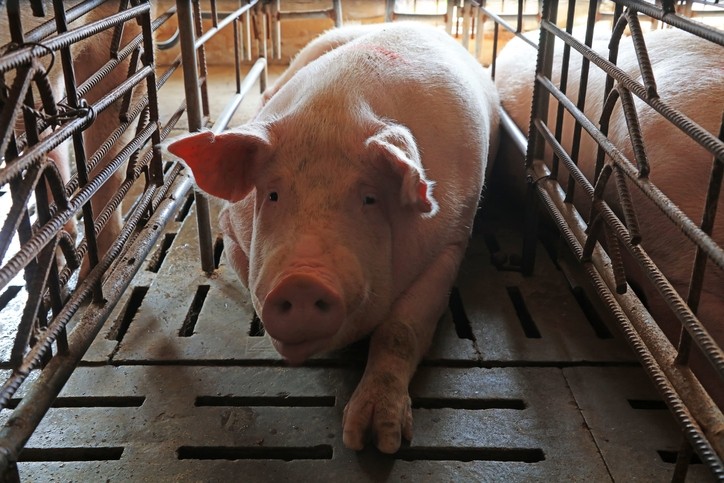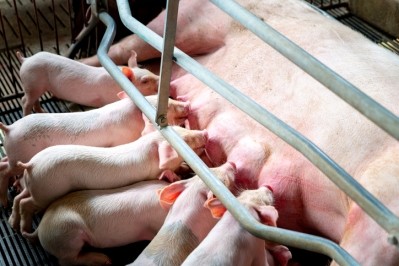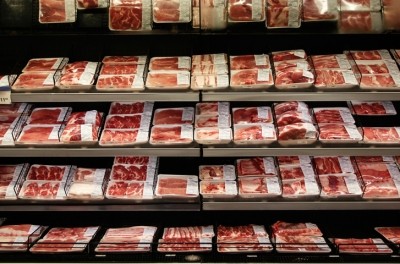Rabobank: China’s pork production will grow in 2021, despite recent herd losses

The emergence of new variants of the African Swine Fever (ASF) virus, illegal vaccines and pressure from other diseases, particularly porcine reproductive and respiratory syndrome (PRRS), put a halt to the advancements made in herd expansion.
The Rabobank report: African Swine Fever: A Global Update – Ongoing Change in Global Pork Markets in 2021, outlines how the spread of ASF over the winter has complicated the picture of China’s pork supply and demand.
Nevertheless, they report that the Chinese sow herd dropped from December 2020 to February 2021, down 3% to 5% month-on-month in each month. “However, we believe the current sow herd is still 10% to 15% higher than one year ago,” said the analysts.
Moreover, the impact of ASF on overall pork production is lower than in 2019 and early 2020, said the team. “Strong piglet and sow prices suggest that many farmers have sufficient confidence to restock.”
The analysts predict that China’s pork production will grow by 8% to 10% year on year in 2021.
“We have recently adjusted our estimate down, due to the headwinds created by the new wave of ASF outbreaks. We believe pork production will continue to grow, as the sow herd has expanded on a year-on-year basis, despite the losses during the winter.”
China’s import demand for pork and other species was a major demand driver in global animal protein markets in 2020, but Asian country’s pork imports are expected to decline this year, they said.
“At the same time, we see all exporting countries looking to maintain trade with China. Price will be one major factor that determines which countries will maintain high pork trade flows to China in 2021, along with availability and geopolitical considerations.”
Feed consumption in Chinese market to rise
Feed for all species will rise, although layer feed is expected to decline
Rabobank says Chinese hog feed consumption registered a 6.5% YOY rebound in 2020, driven by rapid hog rebuilding in 2H.
“Furthermore, slaughter weights also increased by 10% to 20% YOY, varying between regions and time periods, which further boosted hog feed use.”
In 2021, the team predicts that hog feed consumption will increase by 11% year on year.
“Recent disease outbreaks and a large number of two-line crossbred sows with low productivity will limit the pace of recovery. As large-scale integrated hog farms continue to gain market share, the proportion of in-house feed usage will rise.”
For other species, broiler feed will further expand in 2021, albeit at a slower pace. Layer feed will have a slight drop as a result of the declining hen inventory in 2H 2020, and aquafeed use is projected to have a clear rebound.
“We estimate that Chinese feed consumption will increase by 7% to 8% in 2021, similar to 2020 levels or slightly higher.”
Chinese 2021 soymeal consumption will increase by roughly 6% year, said the market experts.
“Rising feed costs are putting pressure on livestock farming margins, especially for poultry. As a result, feed mills are incentivized to lower the inclusion ratio of soymeal. In addition, mills are increasingly using wheat to replace corn in the feed formula. As wheat has a higher protein level, the use of soymeal will also be adjusted accordingly.”
To fulfill the demand, some 100m metric tons of soybeans will need be imported and crushed in China in the calendar year 2021, they reckon.
Jump in feed wheat use forecast
China’s feed grain supply is facing a set of challenges. Chinese corn, which makes up 80% of energy share in feed, has consistently registered deficits in recent years. Skyrocketing prices and low inventories will restrict its consumption, including in feed.
Wheat use in feed will have a significant boost in 2021 in China, they forecast.
“In 2021, high imports of feed grains, such as corn and sorghum, are expected, mostly from the US. Meanwhile, China’s state reserve is offering stale/old wheat, as well as paddy rice, to feed mills at lower prices.”














